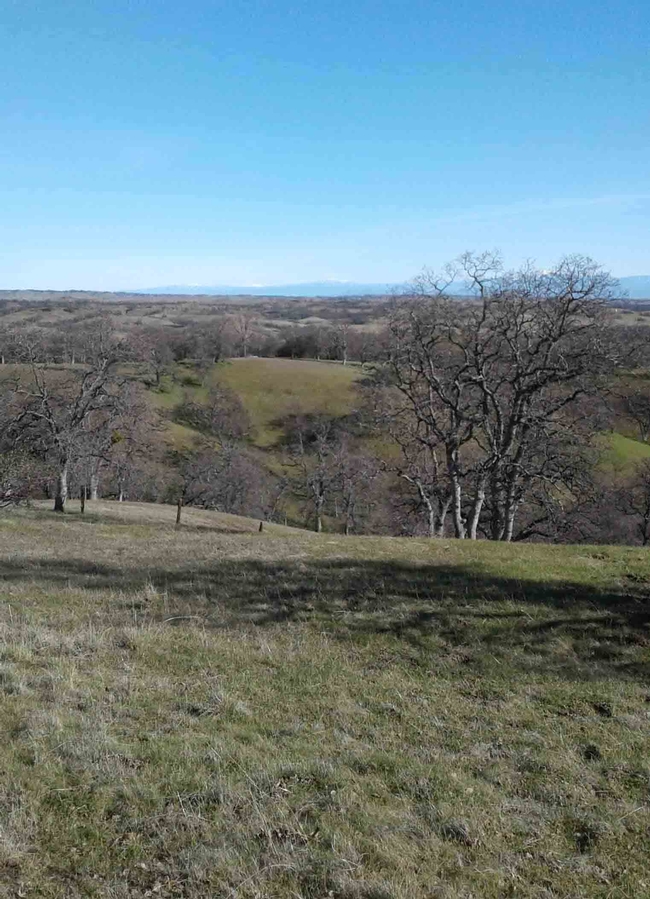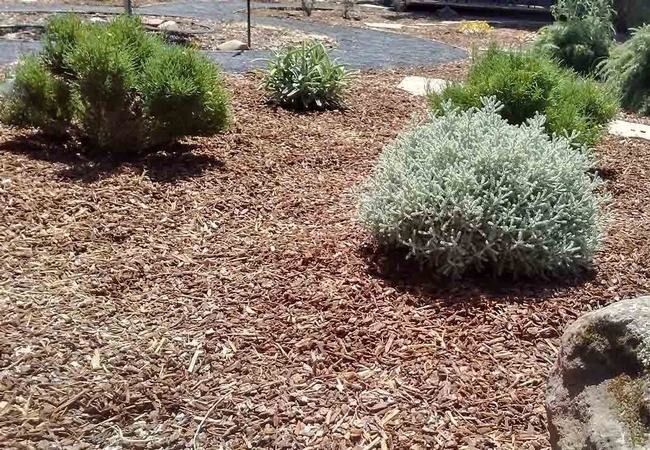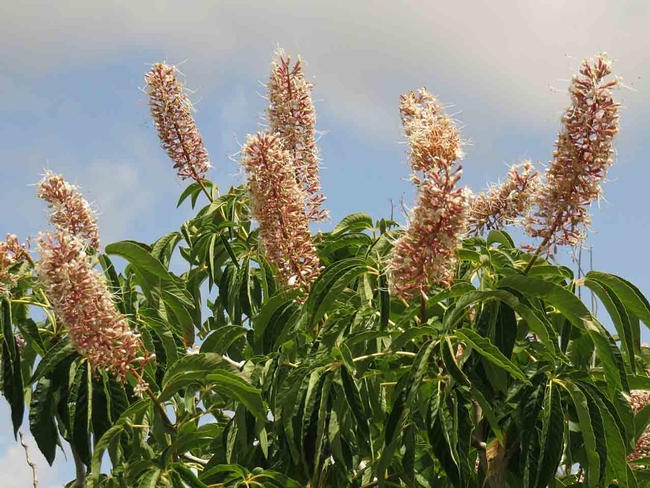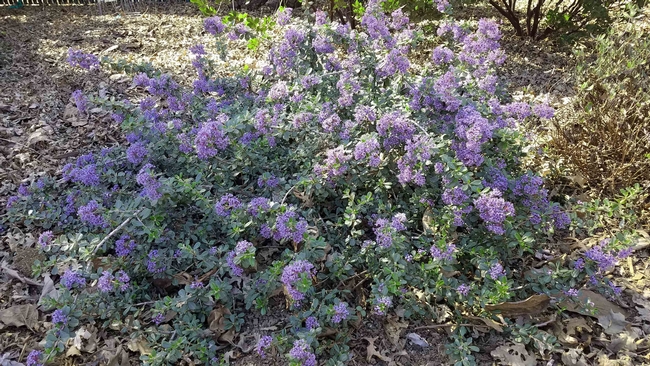You've seen these terms often: “drought tolerant” and “water-wise.” For water conservation and sustainable gardening, Master Gardeners recommend plants that are adapted to the long, hot, dry summers of the Mediterranean climate. But what are the characteristics that qualify a plant for membership in the Drought Tolerant Society?

Generally speaking, there are three major strategies employed by plants to survive annual drought conditions: desiccation tolerance; drought avoidance; and drought tolerance. These strategies evolved through millions of years of adaptation, and are endlessly fascinating in their ingenuity. (Please note that the survival tactics described below, the result of complex chemical and molecular biological processes, are simplified for this article.)

Drought Avoidance: Many succulents employ strategies of drought avoidance. The most common of these strategies is Crassulacean acid metabolism (or CAM), so named because this type of metabolism was first studied in plants of the family Crassulaceae. To avoid complete dehydration due to heat and drought, the stomata in the leaves remain shut during the day to reduce evapotranspiration, but open at night to collect carbon dioxide (CO2), from which they are able to complete the process of photosynthesis during daylight hours.
Another form of drought avoidance is early leaf drop. A good example of this is the buckeye (Aesculus), which occupies a unique ecological niche by being one of the first shrubs to leaf out and flower in early spring, and also one of the first to lose its leaves, well before the onslaught of summer heat and drought. Leaves demand precious nutrients and energy, and without them the buckeye can conserve these resources. During years of drought, and during sustained periods of high temperatures, our valley oaks and blue oaks lighten their metabolic load by dropping some leaves earlier than usual.

Drought Tolerance: Lastly, there is this catch-all phrase. Plants in this category are just better at functioning during annual drought conditions, due to a number of creative adaptations. Such plants are also called xerophytes; literally “dry plants.” They remain green all year round, but manage to save or store water, often through structural (usually leaf) morphology. Common structural adaptations for water conservation are:
- Thick, leathery leaves with waxy cuticles, which perform dual functions of cutting down on water loss and reflecting heat away from the plant. Our native Ceanothus (California Lilac) is a prime example of this.
- Small, thin leaves, which effectively reduce the surface area from which water loss can occur. The tiny yet highly fragrant leaves of Santolina typify this adaptation.
- Sunken stomata pits, which trap moist air and reduce water loss rates. Pine needles employ this strategy (as well as being small and thin).
- Hairy leaves, like those found on Cyprus ironwort (Sideritis cypria) or Lamb's Ears (Stachys byzantina), which shade the stomata and reduce contact from hot air, protecting plants from extremes of light and temperature.

The Master Gardeners Fall 2021 Workshop Series has begun! Upcoming workshops include Garden Guide & Journaling; Propagation; Irrigation & Maintenance; When to Control for Pests; a four-part series on Landscaping for a Future with Fire; Gardening with Chickens; Espalier Gardening; and Tool Care with Rob Fanno from Fanno Saw Works in Chico. Most workshops are in person, following Covid safety protocols, with a limited number of participants. The series on Landscaping for a Future with Fire will be conducted via Zoom. All workshops are free and take place in the morning; none are more than two hours long. Registration is required. You can register and find more information on our website.